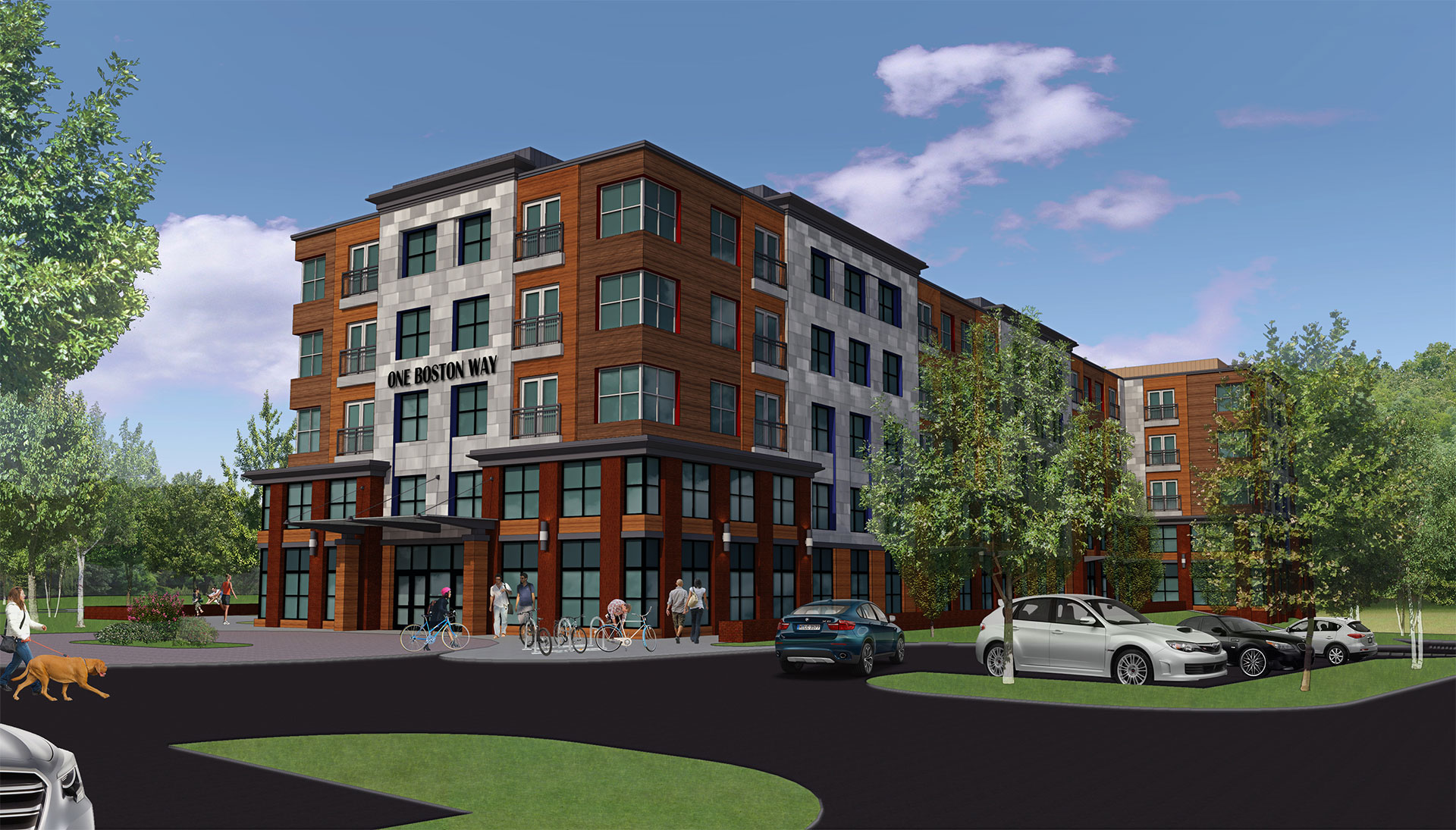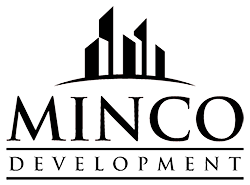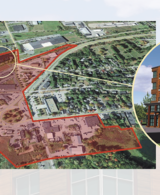One Boston Way: The Details of the Smart Growth Proposal

The 2014 Master Plan echoes versions of years past – Newburyport should increase its stock of affordable housing and encourage mixed-use developments through Smart Growth zoning near the MBTA train station. MINCO Corp. has presented a proposal that point by point reflects the goals of the Master Plan.
In short, the proposal includes approximately 80 apartments and 3,500 square feet of shared office space and live-work units and secures 9 acres of currently open space. One Boston Way is designed to revitalize an underutilized parking lot (off of Parker Street by the MBTA train station) that city officials identified as an ideal location for Smart Growth as early as 2001.
If you read our first blog post, you know that Massachusetts 40R Smart Growth Zoning promotes compact residential and mixed-use developments in areas near transit stations, commercial centers, or other suitable locations.
In that spirit, MINCO will preserve nine out of 11 acres as we – pending City Council approval of a Smart Growth Zoning Overlay District – start the transformation of the site. (We have a purchase-and-sale agreement to buy the land from the MBTA.)
Let’s take a look at the proposal in more detail:
- The building features one, two, and three-bedroom units.
- The architecture draws inspiration from Newburyport’s rich collection of Federal and Georgian-style homes.
- The first floor consists of shared office space – “rent-a-work-space” – that we envision will be used by small business owners and entrepreneurs who seek a more structured and collaborative work space than home offices and area coffee shops. Modeled with the concepts of the Cambridge Innovation Center and WeWork in mind, the space should serve to bring together innovative professionals from a range of industries.
- Twenty-five percent of the units will be designated affordable, meaning they will be occupied by families or individuals who make less than 80 percent of the area-wide median income.
Considering the Advantages
And here is more good news. Although the remaining unites will be priced at market rates, they also count towards the city’s affordable housing stock (that in 2010 amounted to 7.6 percent).
The addition of these 80 units will greatly boost the city’s effort to reach the state mandated 10 percent, eliminating the risk of the city being subjected to a development according to Chapter 40B, the state’s affordable housing law. Chapter 40R is also tied to Chapter 40S, in which the state looks at the cost of educating children who live in the complex. If the town comes out in the red, the state makes up the difference.
The approval of a 40R overlay district means the city qualifies for incentive payments of up to $600,000 in addition to a density bonus of $3,000 per unit. An improved selection of rentals will help people who otherwise would be priced out of Newburyport, such as empty nesters or young families, to stay in the community.
One Boston Way will also be easily accessible by the Clipper City Rail Trail, a 1.1-mile paved walking and biking trail that connects the MBTA train station with downtown. City plans to expand the trail all the way to Newbury would further improve recreational opportunities and provide enhanced transportation options for all residents.
Years in the Making
The idea of revitalizing the area around the MBTA train station and Route 1 rotary has for years enjoyed broad community support. Spelled out in the 2001 Master Plan, Newburyport and Newbury jointly took action in 2004 to study the regulations to transform the land from – as an article in the Newburyport Current put it – “a jumble of chains, a trucking yard and sub shops to a dense center for housing and retail all within walking distance to the MBTA Commuter Rail station.”
In 2007, the city began drafting new zoning regulations for what was being called the Little River Transit Village, a mixed-use retail and residential development. Plans never solidified but in 2010 city officials revived talks with the MBTA about the sale of four surplus parcels around the station. In the meantime, the MBTA kept searching for a developer that could take on the task of reinvigorating the area. As plans never materialized, the community again voiced its support for Smart Growth in the 2014 Master Plan.
The Master Plan stresses the need for more affordable housing, live/work options, and mixed-use developments to “support the business community while meeting the City’s housing goals through Smart Growth developments and the relaxing of dimensional regulations.”
One Boston Way reflects everything that the community has been working for years to achieve. Let’s move forward.



